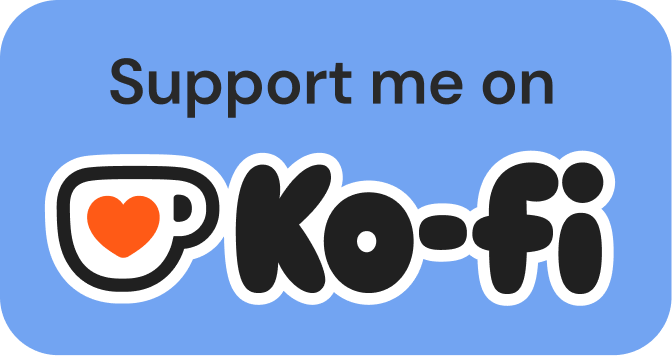False promises fatigue
From AI miracles to snake oil seller
What will I find if I start creating content and interacting on another platform?
This was my question back in October, when I created the IT Untold publication here on Substack.
My idea was to start fresh—writing about tech on a platform that encourages long-form content and slower-paced media consumption.
And to some extent, that’s what I found. I began writing deeper articles, taking the time to explore topics more thoroughly, and posting less frequently but with more substance. But on the reading side, I quickly ran into the same old problem.
Hype and buzzwords.
This platform, like almost every social media space filled with tech content, is polluted by the same recurring noise.
AI bros and people obsessed with numbers.
The AI bubble started as a revolution in 2023. Like many others, I was genuinely excited to try it, explore its potential, and understand its limitations. For a moment, it really felt like something new and promising.
But soon, on every platform with tech news or commentary, the miraculous benefits of AI became omnipresent.
That’s when the infamous “10x developer” meme resurfaced, accompanied by dramatic talk about the end of “old developers” and the urgent need to embrace AI tools to avoid falling behind.
I’m not pessimistic about this shift—I’m quite sure that, in one way or another, everyone will end up using AI. That’s just how technology adoption works.
The problem is the spam. It got worse and worse.
Building LLM wrappers became the thing to do for all of 2023 and a good chunk of 2024. Useless chat apps popped up everywhere, with self-proclaimed “prompt engineers” repackaging your input in a slightly different prompt and calling it innovation.
Anyone with a basic understanding of IT could see through the nonsense. LLMs became so advanced that the so-called "art" of prompt engineering became mostly irrelevant.
And so, the AI bros needed to find new ways to stay relevant.
That’s been the real problem since the beginning. The AI revolution made a lot of people with nothing interesting to say look relevant—just because they rode the massive hype wave. I’ve never seen so many posts and courses about “growing your audience” until people figured out they could just slap “AI” on top of it.
Suddenly, everyone and their mom was trying to convince me that I needed AI to write. That I could generate passive income using AI. That I could use it to create content for social media. That AI would grow my audience from zero to profit.
"Are you a mom who wants to make extra money? Use this method to learn how to leverage AI tools."
For a while, I was intrigued by those bold claims.
Was it true? Could anyone really build an audience this way? Could you just generate content and magically start selling a product or service?
So I started digging.
And I noticed something odd: many of the people selling these “methods” used social media only for that—selling methods.
What do I mean?
The accounts of these snake-oil sellers were filled exclusively with content about content creation. There was no actual product. No past experience. No real expertise.
In my research, I came across an insane number of stay-at-home moms selling courses on "making money with digital products." But if you look across their entire online presence, the only product they have is a course on how to make money selling digital products.
It’s a weird chicken-and-egg situation, and it applies to countless other niches too.
So—what does this have to do with AI? A lot.
AI made it easier for people to produce grammatically correct, visually polished material, padded with filler that makes it look professional. It gives the illusion that the so-called expert spent time crafting a valuable course.
AI gave people the impression that making money online is effortless.
And while there are still many genuine, high-quality creators who love sharing knowledge and maybe earning from it, they now coexist with a tidal wave of fluff.
I’m absolutely pro-AI when it comes to content creation—don’t get me wrong. It’s an incredible partner for revising, polishing, avoiding repetition, and catching strange mistakes. But it’s not a panacea. It’s not a silver bullet.
Most people consume content in their free time. It’s a way to stay up to date, learn something new, or simply escape from everyday life.
That’s why the absurd amount of pollution in the content creation world feels even more frustrating—especially here on Substack, where the newsletter format is designed for depth, not surface-level noise.
I want to read about interesting concepts, exciting technologies, and genuine experiences. Sure, use an LLM to help you put an article together—but please, don’t bury me under a mountain of meaningless AI-themed posts.
If I sound dramatic, just try scrolling through the Technology tab on your Substack homepage. It’s ridiculous.
But this isn’t just a rant aimed at the tech space on social media. It’s mostly an invitation—for those who do have something to say: say it. Keep publishing good content. Keep sharing your thoughts, experiences, and knowledge.
Your voice matters. And sooner or later, your content will stand out.




I love the analogy of comparing the AI tech CEOs to the Snake Oil Salesmen. This is so true.